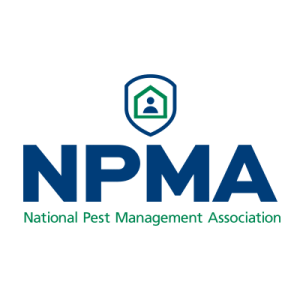Our Blog
Want to learn more about how to protect your home? Check out our blog for industry news and tips!
While they have historically been more common in the southern U.S., fire ants are now migrating northward, and they are creating new challenges for homeowners. Here's everything you need to know about fire ants in Pennsylvania, including how to spot them, the potential risks they pose, and how to effectively manage and prevent an infestation on your property.
Curious about bed bugs and how to spot their bites? Discover what bed bugs look like, where they come from, and how to tell their bites apart from mosquito bites. Get expert tips on identifying these elusive pests and protecting your home from infestations.
If you suspect that your home in Pennsylvania has a rodent problem, it's crucial to take immediate action. This comprehensive guide will walk you through the steps to identify and address rodent infestations effectively.
In this blog, we'll explore a variety of plants that you can grow in your backyard in Pennsylvania to naturally repel mosquitoes, allowing you to enjoy your outdoor space to the fullest.
Ants are a common sight in Pennsylvania. There are many different species of ants that can be found in PA, each with their own unique characteristics and habits. Learn more about some of the most common types of ants in Pennsylvania!
Is your Greensburg home suffering from a pest infestation? Read about 5 possible signs of an infestation as well as what you can do to reclaim your property from bugs and rodents.
If you’ve recently spotted cockroaches in your home, you might be wondering, Why do I have roaches? Let’s break down the key reasons these pests invade your home and how to prevent them.
Pittsburgh is home to many pests that can get inside your home. Learn about the most common ones, as well as tips to get rid of them
Stinging insects can cause a lot of problems, but what kind should you worry about? Read about the most common types of wasps in your area.
Are you noticing more ticks around your property? Read about how you can prevent these pests from taking over!
Ants are a popular pest that exists throughout Pennsylvania and can invade your home without you knowing at first. Learn more about the 3 types of ants that are most common in PA and how to stop an infestation before it gets any worse.
Are you unsure if you have bed bugs or have ever had this invasive pest? Learn more about the common signs of bed bug activity and how you can stop an infestation from getting any worse.
Worried about a possible termite infestation? Learn about some signs of these insects invading your home.
Have rodents made their way into your home? In this blog, we will discuss the common ways a rodent infestation can occur and DIY tips to prevent them from invading your personal space.










